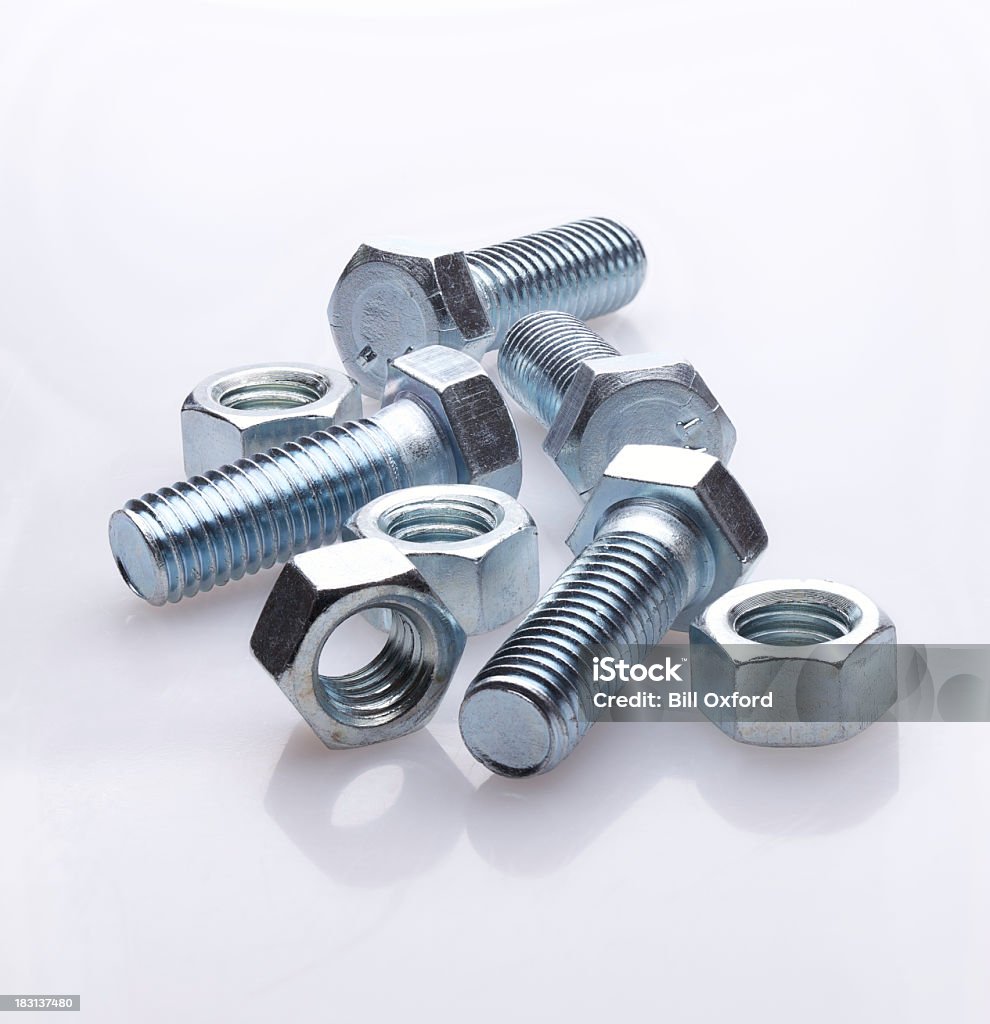10 Unique Applications for Fasteners You Never Realize
Nuts and bolts are often seen as basic items used primarily in construction and repair, but their potential goes far beyond basic fastening. In fact, with a bit of imagination, these common mechanical items can be transformed into creative approaches for a variety of DIY projects and crafts. Whether you are a seasoned handyman or just beginning, understanding the many types and functions of bolts and nuts can greatly expand your capabilities and inspire new concepts.
In this guide, we'll explore 10 surprising ways to use nuts and nuts that you may never have thought of. From distinctive home decor to clever storage solutions, the possibilities are truly endless. We will also touch on the different types of bolts and nuts available, including their substances and uses, and provide insights into choosing the right hardware for your specific project needs. Get ready to dive into the creative world of nuts and bolts and discover how these simple fasteners can enhance your DIY endeavors.
Understanding Fasteners and Nuts

Nuts and bolts are crucial components in numerous building and maintenance tasks, serving to secure items together firmly. A fastener is a long round piece with a cap at one end and a threaded end, while a connector is a six-sided or square piece that sits over the screwed end of the bolt. The relationship between these two components allows for tremendous strength and durability in put-together frameworks, establishing them essential in both industrial construction and routine applications.
Nuts come in multiple types, including traditional nuts, lock nuts, and flange nuts, each designed for particular uses. For instance, lock nuts stop displacement under shaking, while flange nuts provide a bigger bearing surface to distribute the load more fairly. On the other hand, bolts also come in different types such as hex bolts, carriage bolts, and lag bolts, each fitted for certain elements and tasks. Comprehending the particular qualities of these fasteners is essential for choosing the right elements for your requirements.
When engaging on any endeavor, selecting the right fastener and bolt pairing is essential for ensuring strength and safety. Factors such as the material of the workpieces, the weight they will hold, and exposure to surrounding elements must be factored in. By grasping the essentials of nuts, bolts, and their different kinds, you can make educated determinations that boost the outcome of your DIY tasks or work activities.
Types and Applications
When you consider nuts and bolts, comprehending the various types and their individual uses is essential for picking the suitable fastener for your task. Common bolt types include hex bolts, carriage bolts, and lag bolts. Hexagonal bolts are flexible and commonly used in construction projects due to their durability and ability to withstand high loads. Carriage bolts, characterized by their rounded tops, are often employed in applications involving wood, such as the assembly of furniture, while lag screws provide excellent holding strength for heavy wooden structures.
Nuts also are available in various styles, each with distinct purposes. Regular nuts are commonly utilized with bolts, whereas lock nuts use a different design to resist loosening due to vibrations, making them perfect for use in automotive and machinery settings. Flange nuts have a built-in washer for better load distribution, which is especially helpful in securing parts that face higher stress. Knowing these differences ensures a more efficient assembly in everything from do-it-yourself projects to commercial building projects.
Alongside construction and assembly, nuts and bolts play crucial roles in specialized uses. For example, anchoring bolts are essential in fixing structures to concrete, making them a necessity in foundation work. Tamper-resistant and specialty fasteners are more frequently employed in security-focused applications, providing extra safety features in areas like infrastructure projects and high-risk environments. By understanding the particular applications of various nuts and bolts, you can guarantee your undertakings are not only successful but secure and long-lasting.
Acquiring and Evaluating Fasteners
When it comes to acquiring nuts and bolts, grasping what you need is essential. Initially, ascertain the specific purpose you have in mind. Whether you are engaged on a DIY task at home or a professional construction job, identifying the required strength and material type is critical. Take into account factors such as whether you need rust resistance, as this can influence your choice between stainless steel, zinc-coated, or galvanic options.
Measuring fasteners precisely is a key step in ensuring compatibility. Start by determining the diameter of the bolt or nut, using either a caliper or a measuring tape. It’s also crucial to consider the thread pitch, which is the distance between the threads. For metric measurements, this is determined in millimeters, whereas imperial fasteners are measured in threads per inch. Grasping these specifications will help you find the right fastener that fits securely in your project.
Lastly, remember that the finish and grade of the fasteners are just as significant as their size. Unique projects may require different grades of bolts to match strength specifications, especially in heavy-duty applications. https://click4r.com/posts/g/20662907/the-way-hardware-hold-the-world-in-place ; investing in well-made fasteners can save you both time and effort in the long run. Always check Bolts and Nuts Store buying guide to identify the right choices based on your requirements and local supply.